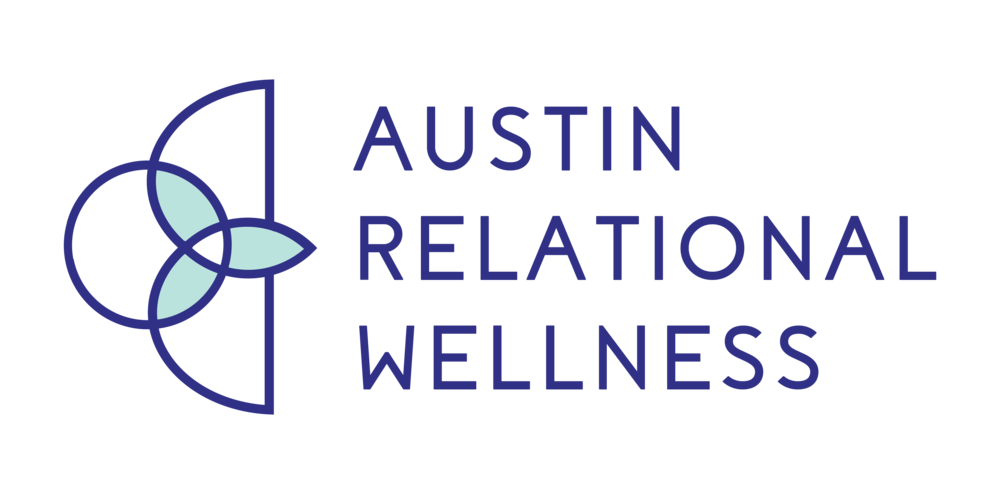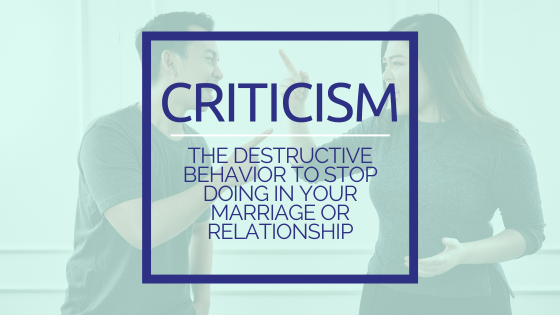Have you ever been in an argument with your partner and found your body tense, heart racing, only to realize later that both you and your partner never really solved the problem or listened to one another?
You are not alone.
Why Conflict Feels So Overwhelming
When emotions rise, our bodies do what they’re wired to do: protect, defend, shut down, or flee. In these moments, it becomes harder to communicate and listen effectively because we’re in a fight-or-flight response. This often leads to a breakdown in communication, leaving both partners feeling misunderstood, lonely, or unseen.
And yet, it’s in these very moments, when it feels hardest, that the skill of active listening matters most.
What It Means to Practice Active Listening
Active listening is a way of showing connection in the most difficult of times. It doesn’t mean being passive or agreeable. In fact, it’s quite the opposite. Remaining present in conflict takes immense courage.
Active listening is a skill that’s built like a muscle. Many of us did not gain these skills from a safe other who modeled how to stay present when emotions ran high. It’s no wonder this skill gets brushed off as “simple,” but in truth, it’s one of the most challenging to practice when you're activated or escalated in an argument.
It requires slowing down, regulating your nervous system, releasing the need to control the outcome, and choosing connection in the middle of the storm.
What a task!
Ways to Begin Growing in Active Listening
Pause and Breathe
Slowing down your body's fight-or-flight response gives you the opportunity to move from reacting to responding.
Try taking 5 deep breaths to help you get into a more manageable emotional space.
Reflect Before You React
Active listening means focusing on what your partner is saying instead of preparing your comeback. Slowing down helps you listen to understand, not just to respond reactively.
Try saying: “What I hear you saying is...” instead of, “That’s not what happened!”
👉 Related Reading: Defensiveness: Stop Blaming Your Partner and Start Taking Responsibility
Validate Feelings
Acknowledging emotions builds connection. Even if you disagree with the story, you can still validate how your partner is feeling.
Try saying: “I can see why that would feel painful.”
Repair When You Miss It
Owning mistakes quickly can prevent a fight from escalating. If you mess up, own it!
Try saying: “I realized I cut you off and went into problem-solving mode. Can we try again?”
👉 Related Reading: You’re Saying Sorry the Wrong Way: A Therapist’s Guide to Real Apologies
How Active Listening Builds Connection in Relationships
Practicing active listening does not remove conflict from your marriage or relationship, but it can help change the way you have conflict. We all have moments when we’re reactive and things don’t go the way we hoped. But the skill of returning to presence, again and again, is what builds connection and security. It becomes part of the foundation for a lifelong, resilient relationship.
Next Steps: Building Lasting Relationship Skills Together
We can learn these skills with one another. If you’re starting this work solo, you may want to read Taking the First Step: Navigating Relationship Challenges on Your Own. If you and your partner would like support in learning how to build active listening and communication skills, we at Austin Relational Wellness would love to walk alongside you in this journey. Book a session today and take the first step toward a healthier, more connected relationship.




































































